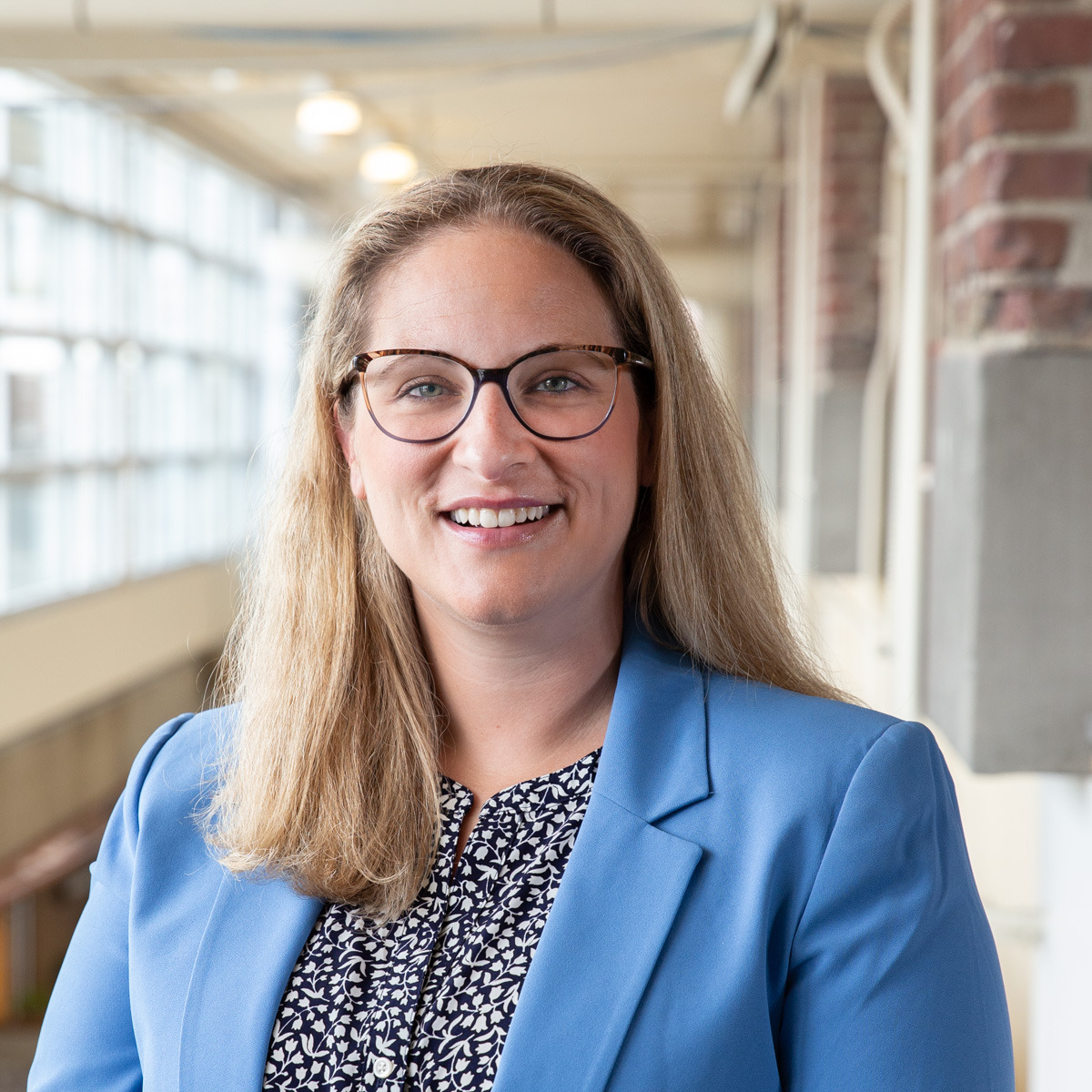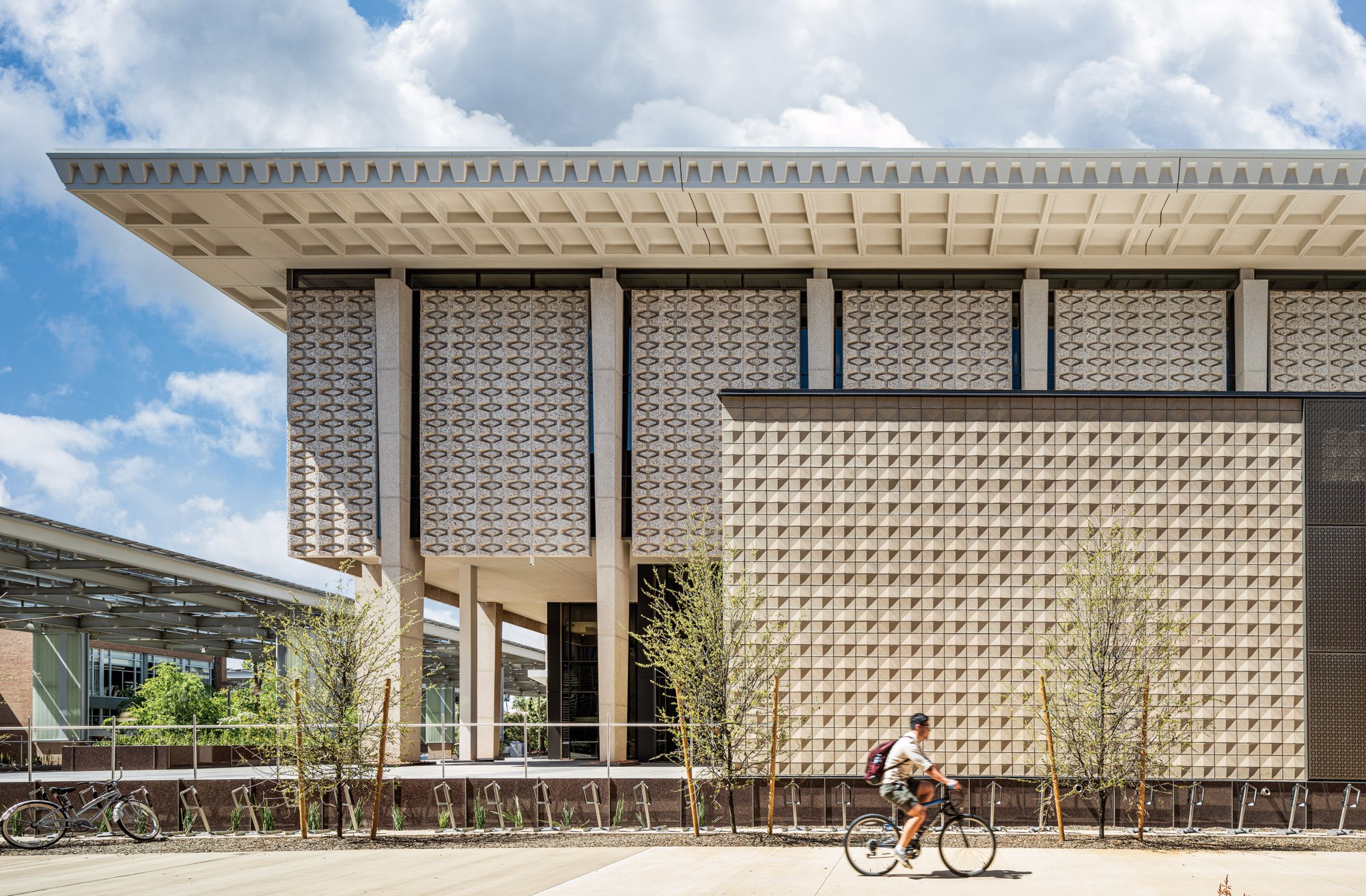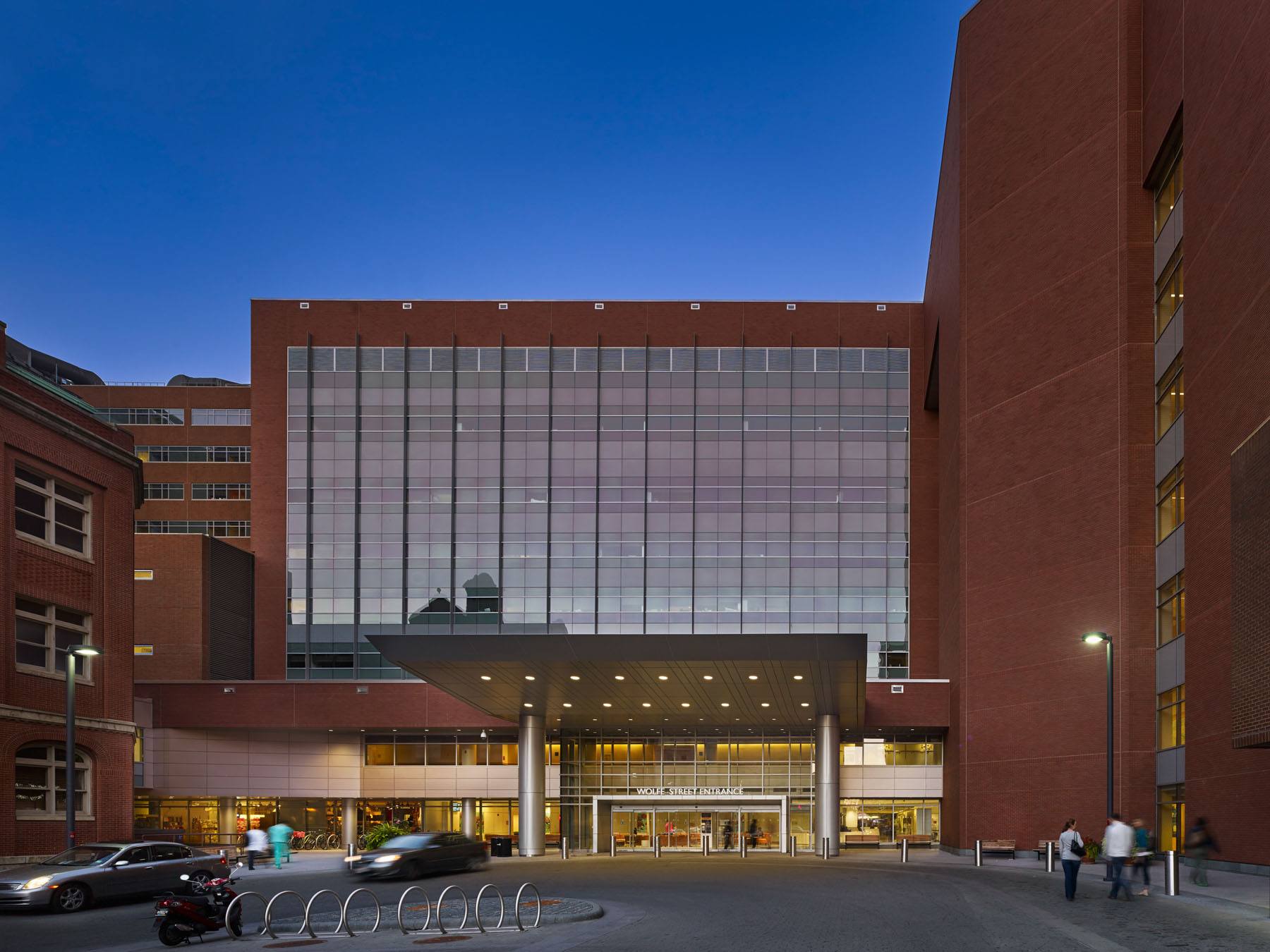Last week was an incredibly special week at Ayers Saint Gross with so much to celebrate:
On Earth Day, the AIA announced this year’s COTE Top Ten Award winners and we are ecstatic to see the Arizona State University Hayden Library Reinvention recognized with this prestigious award. The reinvention of Hayden Library was a unique opportunity to transform a place for books into a place for people while preserving the project’s historic legacy. The precision of the design was inspired by critical and analytical discourse, a respect for past wisdom, a mind to future potential, and our belief that we have an obligation to leave places better than we found them. We offer a special thanks to all of our project collaborators especially our incredible client, Arizona State University, and our teammates Affiliated Engineers and Holder Construction. This project would not have been a success without their unwavering support and dedication.
Sustainability at Ayers Saint Gross has always recognized the careful balance between the unique needs of people and ecological systems with the economic realities inherent in each of our projects. Justice, equity, diversity, and inclusion are integral to the way we develop our projects, operate our practice, and develop future talent in the design industry’s pipelines. Completing our first Just Disclosure in 2019 was a critical step on our journey to becoming a more inclusive practice because it helped us quantify our commitment to equity in addition to following our instincts about doing what is right. We have recently renewed our Just Disclosure and are honored to be recognized as the first Just Organization of the Year and reaffirm our commitment to keep going – there is no sustainability without social justice.
Last, but certainly not least, we recognized the top-performing projects under design in 2020 with our in-house Carrot Awards. Sustainable design is sometimes oversimplified as a “carrots and sticks” process, in which carrots are incentives that inspire great design and sticks are cumbersome requirements design teams have to meet. We believe sustainable design is great design and we recognize our top performers each year with Carrot Awards to inspire healthy competition within ourselves to progress toward our goal of reducing the embodied and operational carbon of our entire design portfolio 50% by 2030.
Reducing embodied and operational carbon emissions starts with great planning and space analytics work that prioritizes renovation, renewal, and revised space metrics. This year we’re pleased to celebrate Northern Kentucky University. The space analysis completed by our team helped the planning process to elevate spaces to their highest and best uses which ultimately empowered a significant emphasis on renovation, renewal, and modest additions in lieu of tearing buildings down to begin again. The overall strategy will help preserve embodied carbon while improving operational performance.
In Architecture and Interiors, we use our most recent AIA2030 reporting data to identify which whole building project had the greatest reduction in predicted energy use intensity and which interior project had the greatest reduction in lighting power density. Reductions in these metrics help to reduce the operational carbon emissions of our projects by reducing energy consumption.
This year we’re proud to celebrate the Jack C. Taylor Visitor Center at the Missouri Botanical Garden as our whole building award winner. Currently under construction, this project is anticipated to have a 51% reduction in energy use intensity compared to baseline and will feature a rooftop photovoltaic array. The project is also pursuing a LEED Gold certification. We’re also pleased to recognize the interior renovation of Kent State University’s Cunningham Integrated Science Building. This renewal project is anticipated to reduce lighting power density by 40% from baseline. Together these projects, and so many like them across our practice, are helping to reduce the operational carbon impact of buildings for years to come.
Beyond reductions in embodied and operational carbon emissions, there are opportunities to sequester carbon in the landscapes our firm designs. Each year we look to celebrate the landscape design that stores the greatest amount of carbon annually as we understand that biodiverse landscapes have a critical role to play in the fight against climate change.
This year we’re happy to announce the landscape we’re designing for Howard Community College’s Math and Athletics Complex will store approximately 240 metric tons of CO2 annually; that’s equivalent to the greenhouse gas emissions of driving over 600,000 miles in an average passenger vehicle. Through a combination of native and adapted planting and a limited use of intensively mown turf grass, the project will productively manage stormwater while providing a welcoming environment.
The Carrot Award winner from our Graphic Design studio reiterates the importance of inclusion in our firm’s definition of sustainability. Our work on the Bowie State University Signage & Wayfinding project instantly developed a campus landmark that inspires campus pride and community connectivity. Developing signage and wayfinding signage also empowered both new and returning campus users in easily accessing Bowie State’s facilities.
(Photo courtesy of Bowie State University)
Congratulations to all our winners. I already can’t wait to see what’s in store for our firm in the next year and the meaningful ways in which we’ll continue advancing toward our goals.








